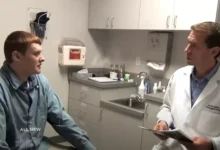What is Mirror Hand or Ulnar Dimelia? A Look at the Rare Condition
Understanding the Rare Condition of Mirror Hand or Ulnar Dimelia
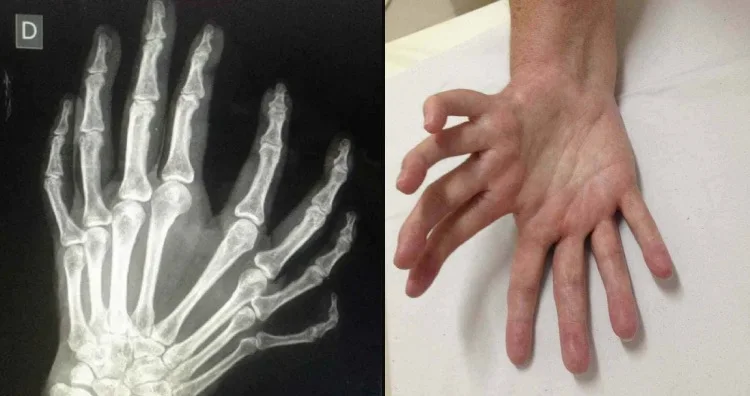
Imagine being born with a hand that has three to four extra fingers but no thumb—all on a single hand. This is the reality for those with “mirror hand,” also known as “ulnar dimelia” in medical terms. It’s an extremely rare congenital condition of the upper limb, leaving an individual with seven or eight digits on one hand, making it one of the most unusual genetic anomalies known.
Because this condition is so rare, it has attracted little attention from major pharmaceutical companies or research institutions. Consequently, the exact cause, prevention, and treatment remain largely unknown. However, it is believed to be genetic, likely resulting from an abnormality during a specific stage of development in the womb. Experts from Nicklaus Children’s Hospital in Florida suggest that genes responsible for limb development are likely involved in this anomaly.
How Rare is This Condition?
Mirror hand syndrome#MedTwitter pic.twitter.com/K920Amcgje
— dr.shubham jirati (@drshubhamjirati) April 23, 2023
Ulnar dimelia affects fewer than one in a million children worldwide each year. Its primary impact is on hand functionality, as the extra digits can limit movement. In more severe cases, this lack of mobility can extend to the entire limb, including the forearm and elbow.
For parents of children born with mirror hand, dealing with the emotional and psychological challenges can be just as tough as addressing the physical ones. The anxiety stems from both the aesthetic aspect and the functional limitations. Dr. Charles Goldfarb, an M.D. at Shriners Children’s in St. Louis, points out that one of the hardest parts for parents is adjusting to the reality that their child may not meet the idealized version of “perfect.” He emphasizes that acceptance is crucial before the focus can shift to restoring hand functionality.
What Do Experts Say About Treatment?
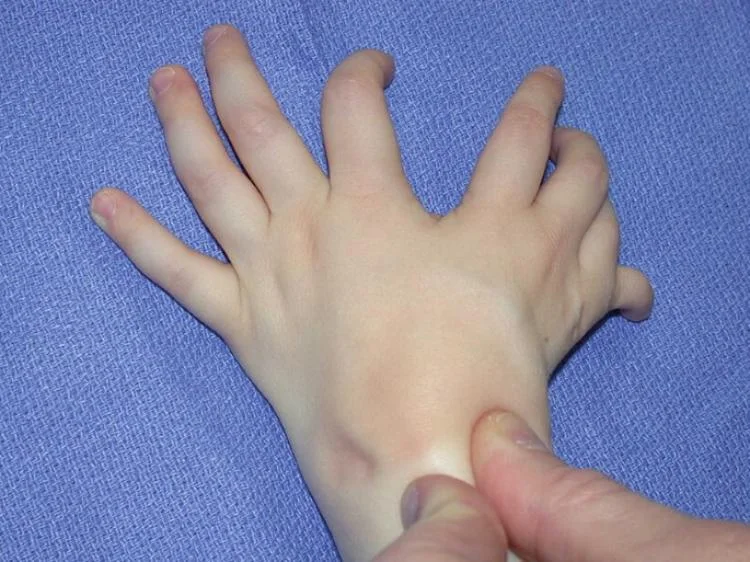
Mirror hand can be diagnosed either at birth or through prenatal ultrasound. While surgery is the most common treatment, the goal is generally to improve hand functionality and appearance rather than fully “normalize” the hand. In some rare cases, the surgeries are successful enough to achieve a more typical hand structure.
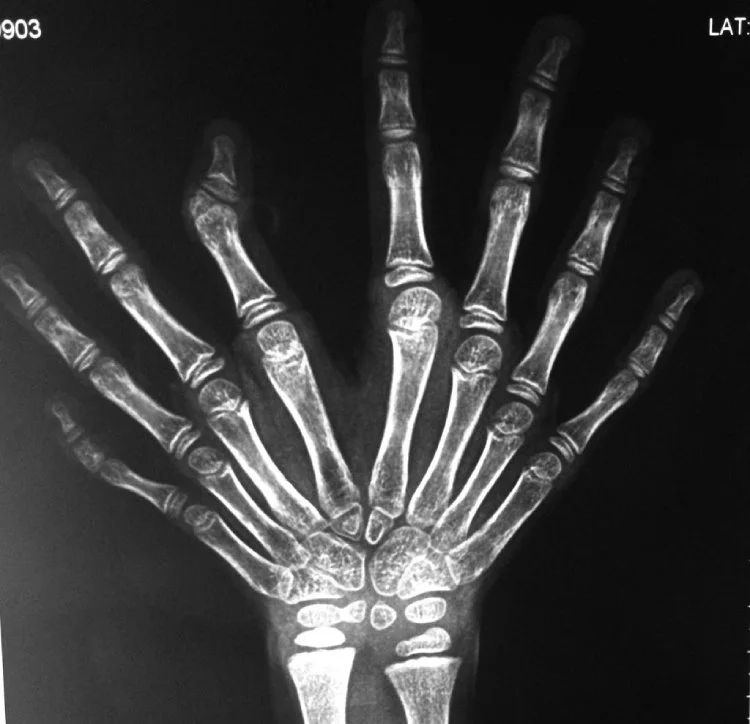
One documented case from the US National Library of Medicine involved a two-month-old infant with extra fingers. After a series of surgeries, doctors were able to reduce the number of digits, restoring a more typical hand appearance and functionality. Yet, there are no simple answers to the question of whether someone with mirror hand can lead a “normal” life. Each case is unique—some children may have only mild dysfunction, while others may lack full elbow or forearm mobility. Dr. Goldfarb notes that most children with mirror hands tend to have a bent or flexed wrist, requiring treatment to consider the degree of finger functionality and potential for improvement.
The Story of Owyn and Her “Dinosaur Claw”
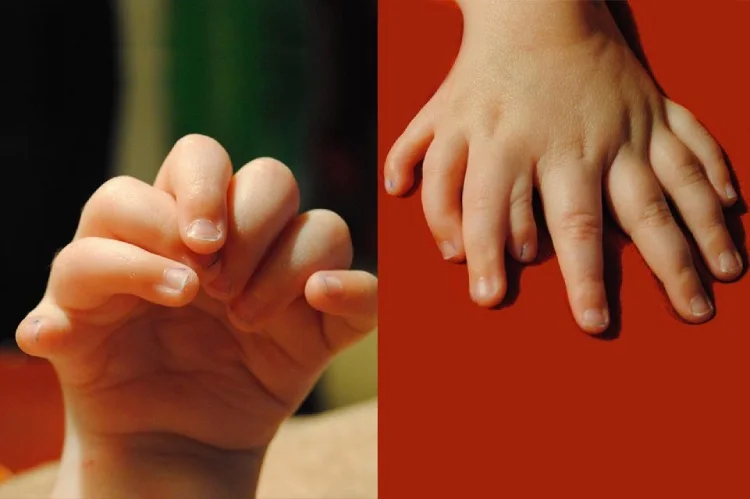
Despite being born with an upper limb deformity, Owyn, a sixth-grader from Illinois, has embraced her condition with a sense of humor. Dubbed “dinosaur claw” by Owyn herself, her left hand had four extra fingers and no thumb. She underwent multiple surgeries, including amputation and pollicization, and by age two, her wrist was straightened through another procedure. Her parents prioritized functionality over aesthetics during her treatment.
Today, Owyn enjoys acrobatics, basketball, and soccer while proudly embracing her uniqueness. As a Patient Ambassador for Shriners Children’s St. Louis, she shares her confidence with others, proving that her “dinosaur claw” is both a strength and a part of who she is.
Sources:
- https://www.ncbi.nlm.nih.gov/pmc/articles/PMC5506370/#:~:text=Mirror%20hand%20or%20ulnar%20dimelia,middle%20ring%20and%20small%20fingers.
- https://www.surgjournal.com/article/S0039-6060(20)30857-6/fulltext
- https://jmg.bmj.com/content/jmedgenet/33/5/426.full.pdf
- https://www.shrinerschildrens.org/en/news-and-media/patient-stories/2023/04/owyn-is-one-in-a-million
- https://www.nicklauschildrens.org/conditions-we-treat/mirror-hand



